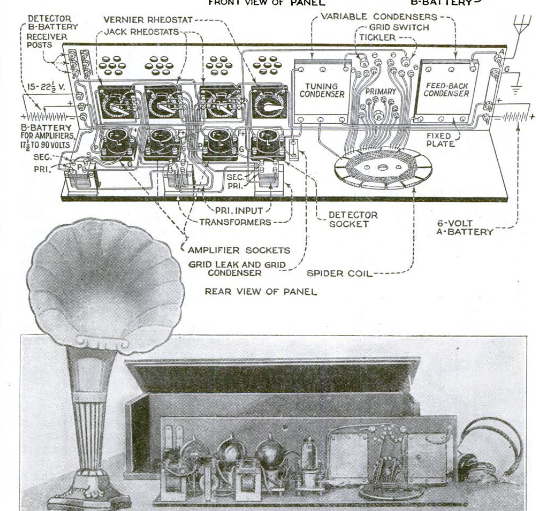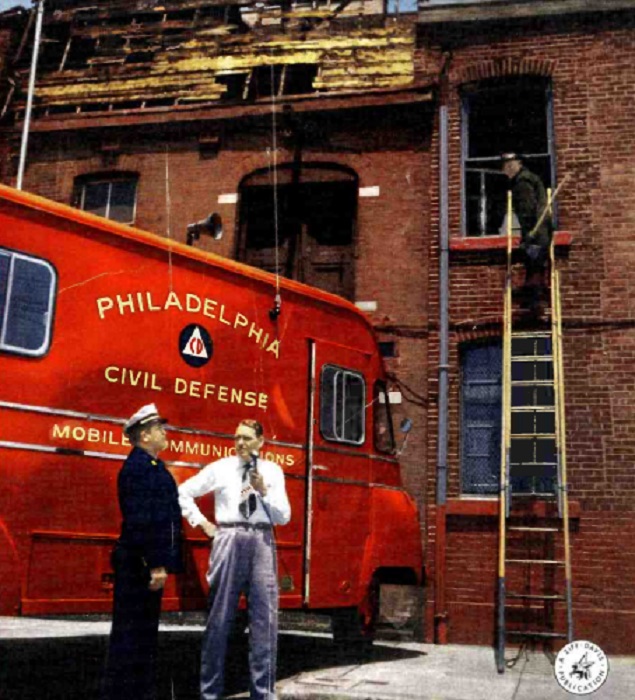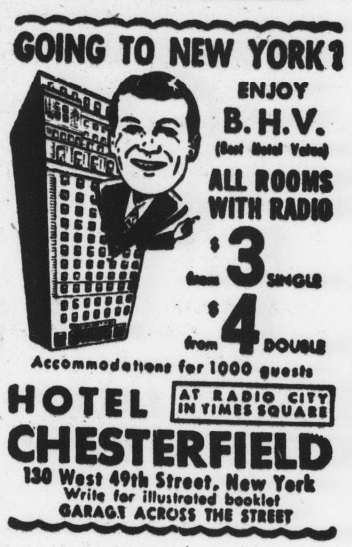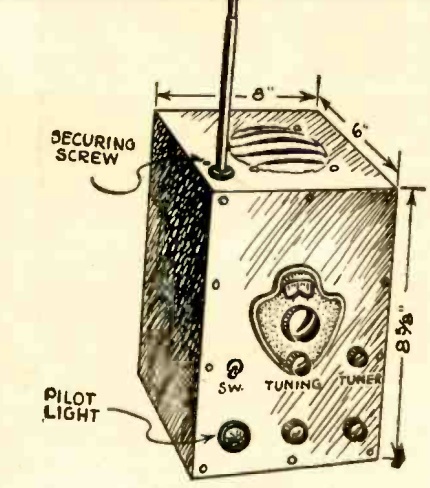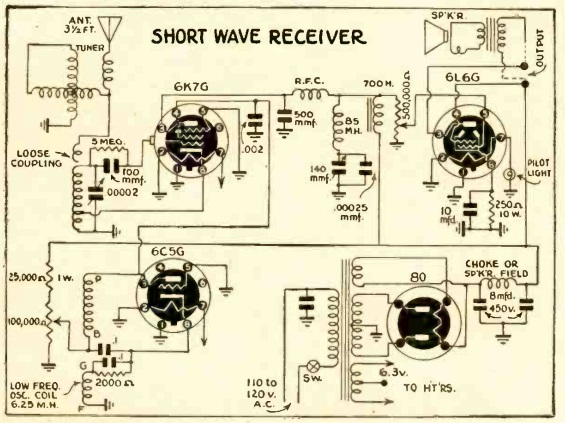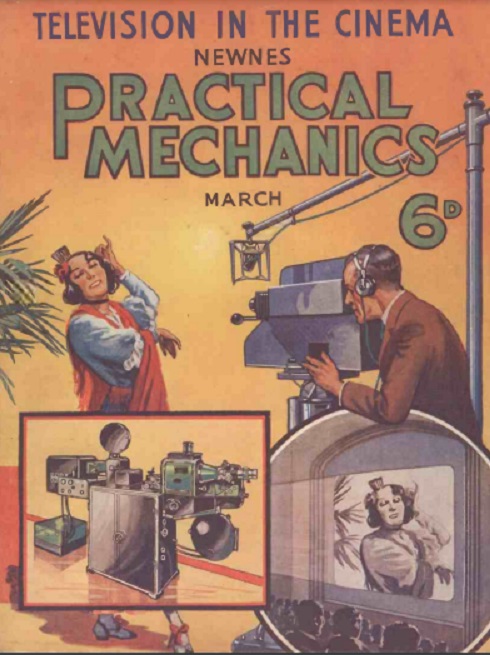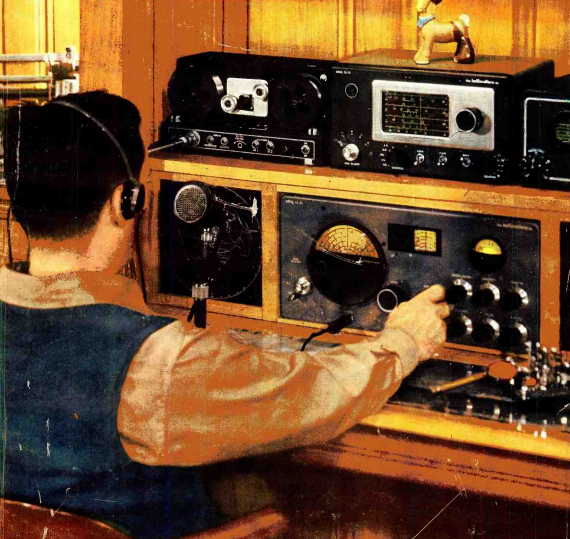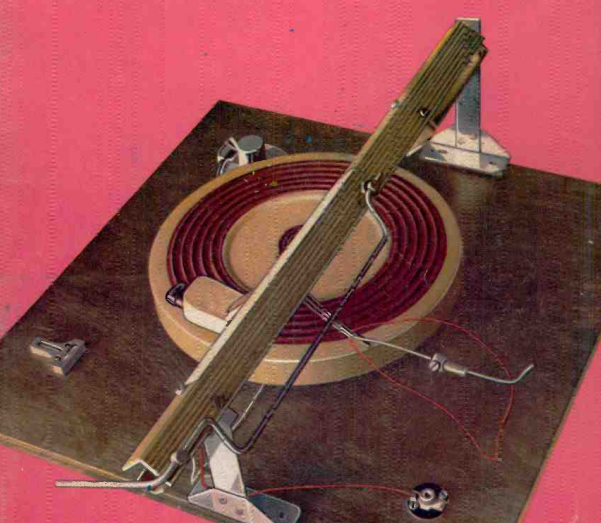 For a look at grocery prices in 1963, this ad appeared in the Pittsburgh Post-Gazette sixty years ago today, March 21, 1963. (You can click on the image for a larger version.) In those sixty years, the dollar has lost purchasing power, and a dime in 1963 was the equivalent of about a dollar today. Specifically, according to this inflation calculator, the 1963 dollar would be worth $9.78 in 2023.
For a look at grocery prices in 1963, this ad appeared in the Pittsburgh Post-Gazette sixty years ago today, March 21, 1963. (You can click on the image for a larger version.) In those sixty years, the dollar has lost purchasing power, and a dime in 1963 was the equivalent of about a dollar today. Specifically, according to this inflation calculator, the 1963 dollar would be worth $9.78 in 2023.
So the coffee looks like a bargain at 49 cents a pound, but that’s the equivalent of almost $5 today. Bread is two loaves for 39 cents, but that’s almost $2 a loaf in today’s money. Most of the venerable Swanson TV Dinners were about 59 cents each, although if you were on a budget, the macaroni and cheese TV dinner would set you back only 39 cents.
They no longer come in the familiar aluminum tray (which, of course, was useful for many other purposes once the meal was done), but the modern equivalent of what was my favorite is still available. And adjusted for inflation, the price is about the same:
If you were shopping for groceries 60 years ago, what would you be having for dinner?
Some links on this site are affiliate links, meaning this site earns a small commission if you make a purchase after using the link.
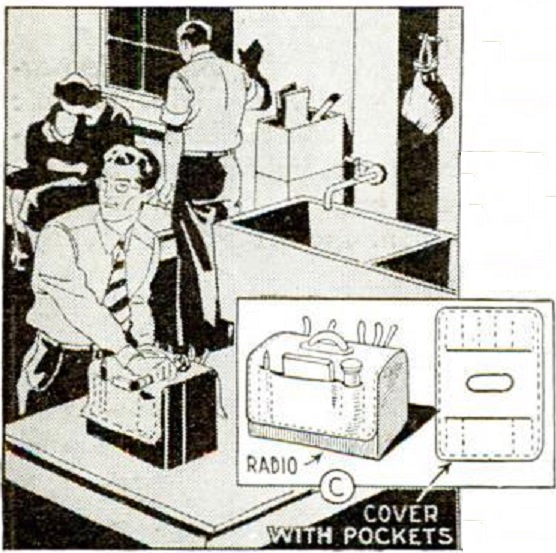 Eighty years ago this month, the March 1943 issue of Popular Mechanics showed this preparedness tip. During an air raid, the first thing you would of course grab would be the radio. This cloth cover fits over the set and contains other items needed during a blackout. As an added bonus, it covered the front and back of the set to keep any light from leaking out.
Eighty years ago this month, the March 1943 issue of Popular Mechanics showed this preparedness tip. During an air raid, the first thing you would of course grab would be the radio. This cloth cover fits over the set and contains other items needed during a blackout. As an added bonus, it covered the front and back of the set to keep any light from leaking out.

